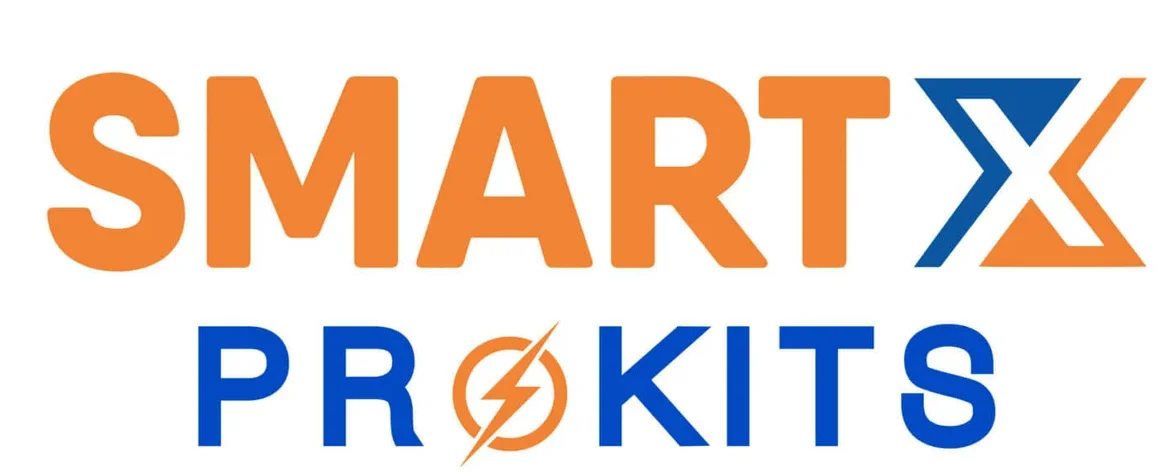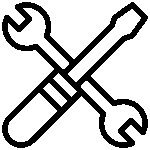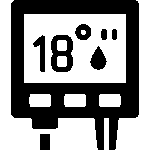Low Voltage Smart Irrigation Power Design Tips

💧 The Problem: Powering Smart Irrigation at Low Voltage :
Smart irrigation systems are becoming popular in India’s farmlands, but powering them efficiently—especially from batteries or solar panels—can be tricky. Most sensors, valves, and microcontrollers work at 3.3V or 5V, while field conditions often deliver unstable or low voltage.
🔧 The Solution: Efficient Low-Voltage Power Design :
The key is to use low-dropout voltage regulators (LDOs) or buck converters that can operate from 6–12V solar inputs and supply clean, regulated power to your system. Pair this with low Rds(on) MOSFETs for switching solenoid valves to minimize losses and heat.
🌱 Practical Example :
Imagine a solar-powered irrigation controller using a 12V panel. Your ESP32 (3.3V logic) keeps resetting due to unstable voltage drops when the water valve turns on. By adding a buck converter and placing a low Rds(on) MOSFET to control the valve, your system becomes stable and power-efficient.
🧮 Sample Calculation :
Valve draws 500mA, and MOSFET Rds(on) = 0.1Ω:
Power loss = I² × R = 0.5² × 0.1 = 0.025W
Switch to a 0.02Ω MOSFET:
Loss = 0.005W → 80% reduction!
🛒 Product Suggestion :
Use quality Made in India components like:
🔹 MOSFET
🔹 [Voltage Regulator]
👉 Shop now at SmartXProKits.in
Support our work and India’s innovation—buy from our Make in India site!




















